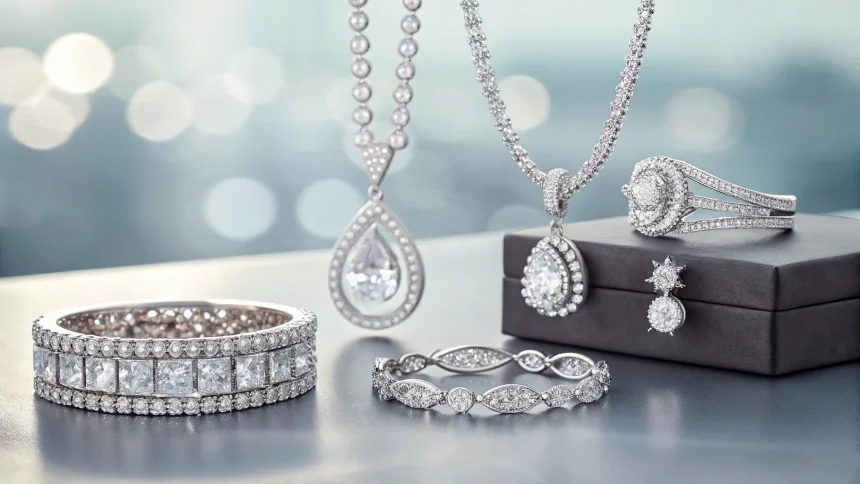Jewelry sales have emerged as a consistent top performer in the luxury market, outpacing other major categories including leather goods and ready-to-wear fashion. This trend highlights shifting consumer preferences within the high-end retail landscape.
While many luxury sectors face fluctuating demand, jewelry has maintained strong sales momentum, establishing itself as a reliable revenue generator for luxury brands and retailers. The category’s resilience comes at a time when consumer spending patterns continue to evolve across the broader luxury market.
Market Performance Analysis
The strong performance of jewelry stands in contrast to the more variable results seen in leather goods, which have traditionally been a cornerstone of luxury sales. Ready-to-wear collections, despite their visibility in marketing campaigns and fashion shows, have also failed to match jewelry’s consistent sales trajectory.
Industry data suggests this trend isn’t merely a short-term fluctuation but represents a more fundamental shift in luxury purchasing behavior. Jewelry’s durability as an investment piece appears to be resonating with consumers who are increasingly focused on longevity and value retention in their luxury purchases.
Consumer Behavior Shifts
Several factors may explain jewelry’s strong position in the current market:
- Investment value: Fine jewelry often retains or increases in value over time
- Emotional significance: Jewelry frequently marks important life moments
- Versatility: Many jewelry pieces transition easily between casual and formal settings
The category’s success also reflects changing attitudes toward luxury consumption, with many buyers prioritizing fewer, more significant purchases over multiple lower-value items. This “quality over quantity” approach favors jewelry, which often represents a more substantial investment.
Strategic Implications for Brands
For luxury houses, jewelry’s strong performance signals potential strategic opportunities. Brands primarily known for leather goods or apparel may benefit from expanding their jewelry offerings or placing greater emphasis on existing collections.
Some major luxury conglomerates have already responded to this trend by acquiring specialized jewelry houses or launching dedicated jewelry lines. These moves allow them to capture market share in this high-performing segment while diversifying their revenue streams.
Independent jewelry designers and brands are also finding opportunities in this environment, particularly those offering distinctive designs that stand apart from mainstream luxury offerings.
The consistent performance of jewelry also provides stability for retailers during periods when other luxury categories experience downturns or seasonal fluctuations. This reliability makes jewelry departments increasingly valuable retail space.
As the luxury market continues to adapt to changing consumer preferences, jewelry’s position as a bright spot offers valuable insights into where the sector may be headed. Its combination of aesthetic appeal, emotional connection, and investment potential creates a compelling value proposition that appears increasingly aligned with what luxury consumers seek.









